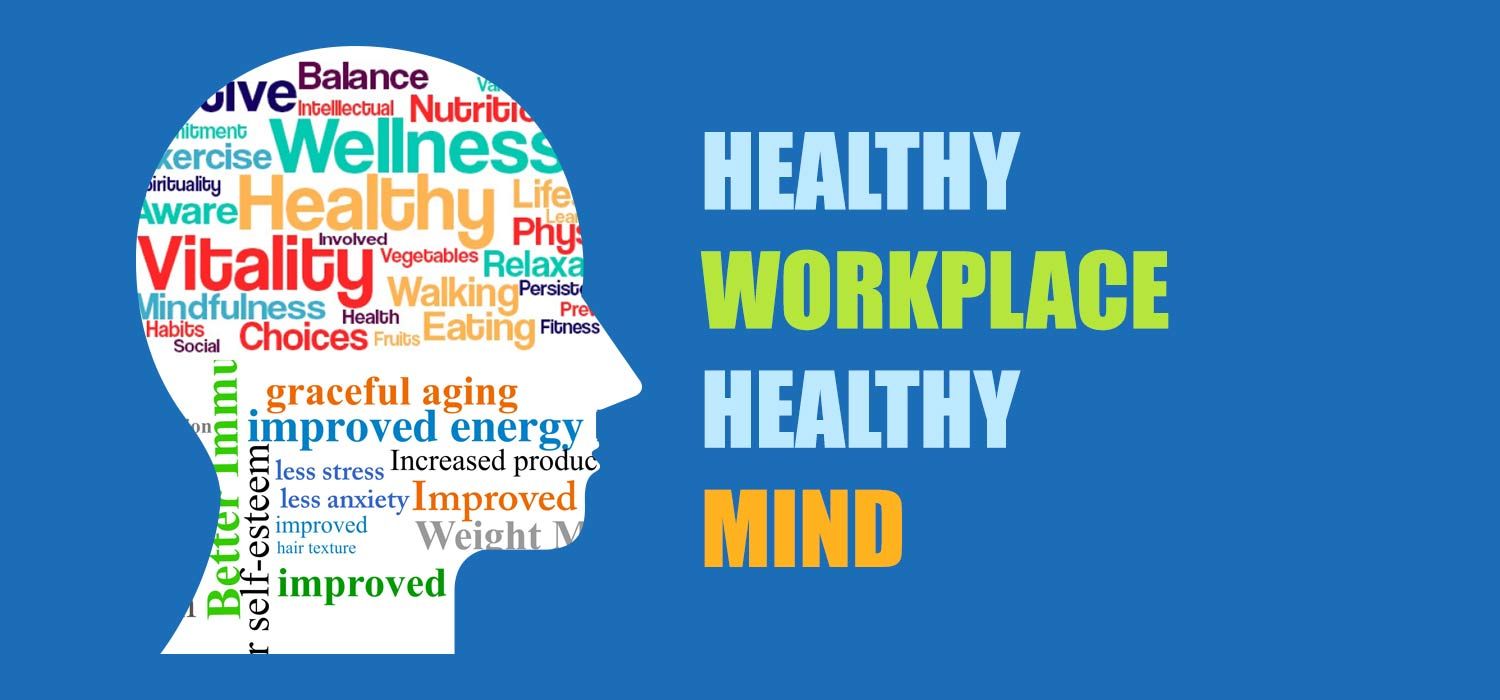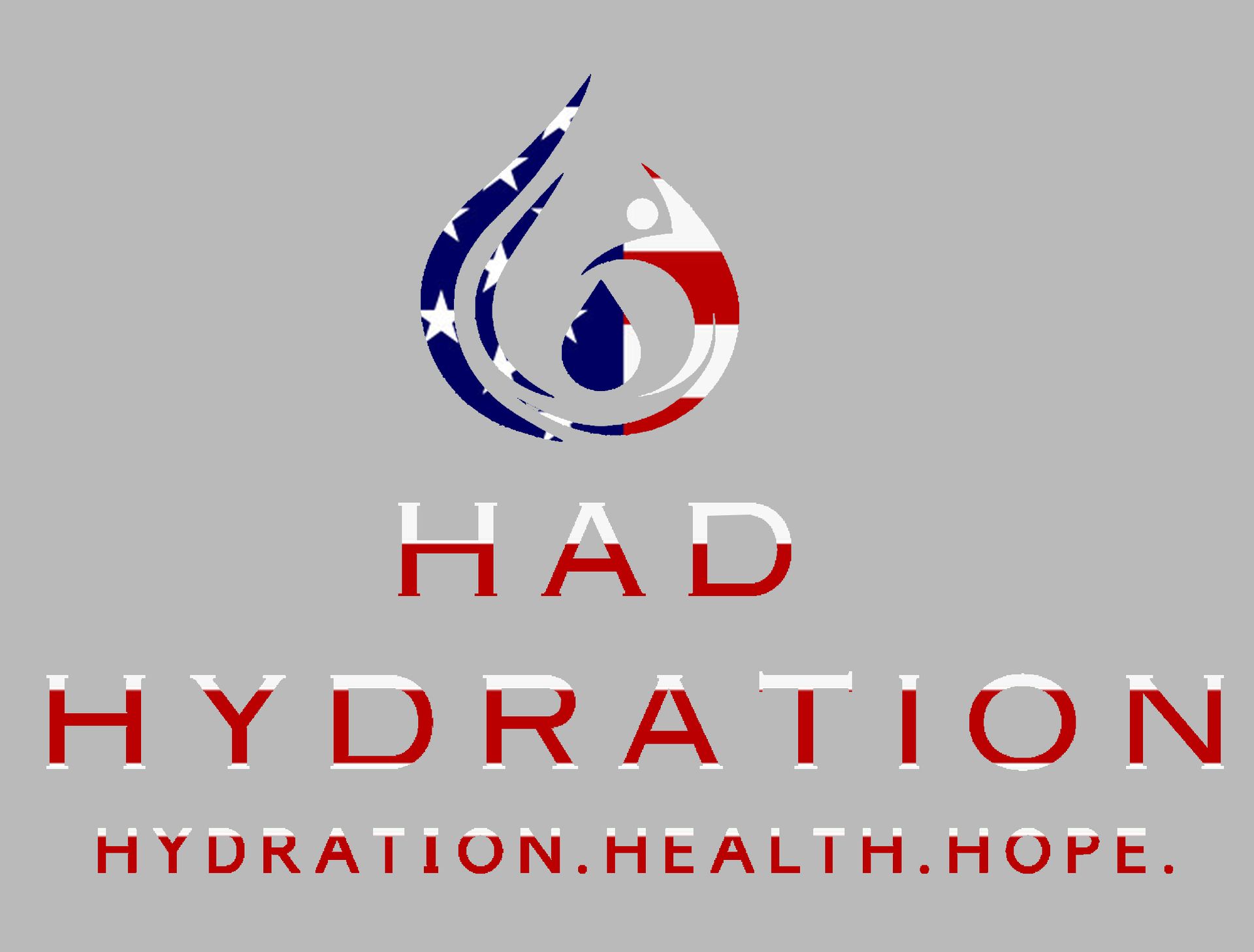A Historical Comparison: The Fourth of July and the Evolution of IV Therapy
July 4th and IV Therapy
The Fourth of July and the evolution of IV therapy are two distinct histories that have shaped different aspects of our lives. On one hand, the Fourth of July is a significant event in American history, symbolizing independence and the birth of a nation. On the other hand, IV therapy has revolutionized medical care, providing life-saving treatments and improving patient outcomes. In this blog post, we will explore the parallels and divergences between these two narratives, shedding light on their respective historical journeys.
1. The Fourth of July: A Celebration of Independence
The Fourth of July commemorates the signing of the Declaration of Independence in 1776, when thirteen American colonies declared their independence from British rule. This historic event marked the beginning of a new nation founded on principles of liberty, equality, and self-governance. The Fourth of July has since become a cherished national holiday, celebrated with fireworks, parades, and patriotic gatherings.
2. IV Therapy: A Lifesaving Breakthrough
The history of IV therapy, also known as intravenous therapy, traces back to the 17th century when Christopher Wren, an English physician, experimented with injecting fluids into veins. However, it wasn’t until the early 20th century that advancements in medical science paved the way for the widespread adoption of IV therapy. Initially used primarily for blood transfusions, IV therapy gradually expanded to include various treatments such as administering medications, fluids, and nutrients directly into the bloodstream.
3. Parallel Journeys: Independence and Innovation
While the Fourth of July represents the pursuit of political independence, the development of IV therapy showcases the continuous quest for medical innovation. Both narratives involve the determination to break free from limitations and embrace new possibilities. The spirit of independence that led to the birth of the United States aligns with the pioneering spirit of medical professionals who sought to find better ways to administer treatments and save lives.
4. Advancements in IV Therapy: A Testament to Progress
Over the years, IV therapy has undergone remarkable advancements, improving patient care and expanding treatment options. The development of specialized catheters, infusion pumps, and aseptic techniques has enhanced the safety and efficacy of IV therapy. Furthermore, the introduction of innovative therapies like targeted drug delivery and immunotherapy has revolutionized medical treatment approaches, benefiting patients with conditions ranging from cancer to autoimmune disorders.
5. Celebrating Fourth of July and Medical Breakthroughs
As we celebrate the Fourth of July, it is essential to acknowledge the contributions of medical pioneers and the impact of IV therapy on healthcare. While the Fourth of July represents the birth of a nation, IV therapy represents the birth of a transformative medical practice that has saved countless lives and improved patient outcomes. Both histories deserve recognition and celebration.
The Fourth of July and the evolution of IV therapy are two historical journeys that have shaped our society in distinct yet equally significant ways. The Fourth of July symbolizes the ideals of freedom and independence, while IV therapy represents the progress and innovation in medical care. By recognizing and appreciating both narratives, we gain a deeper understanding of our collective past and the strides made in different spheres of human experience.







